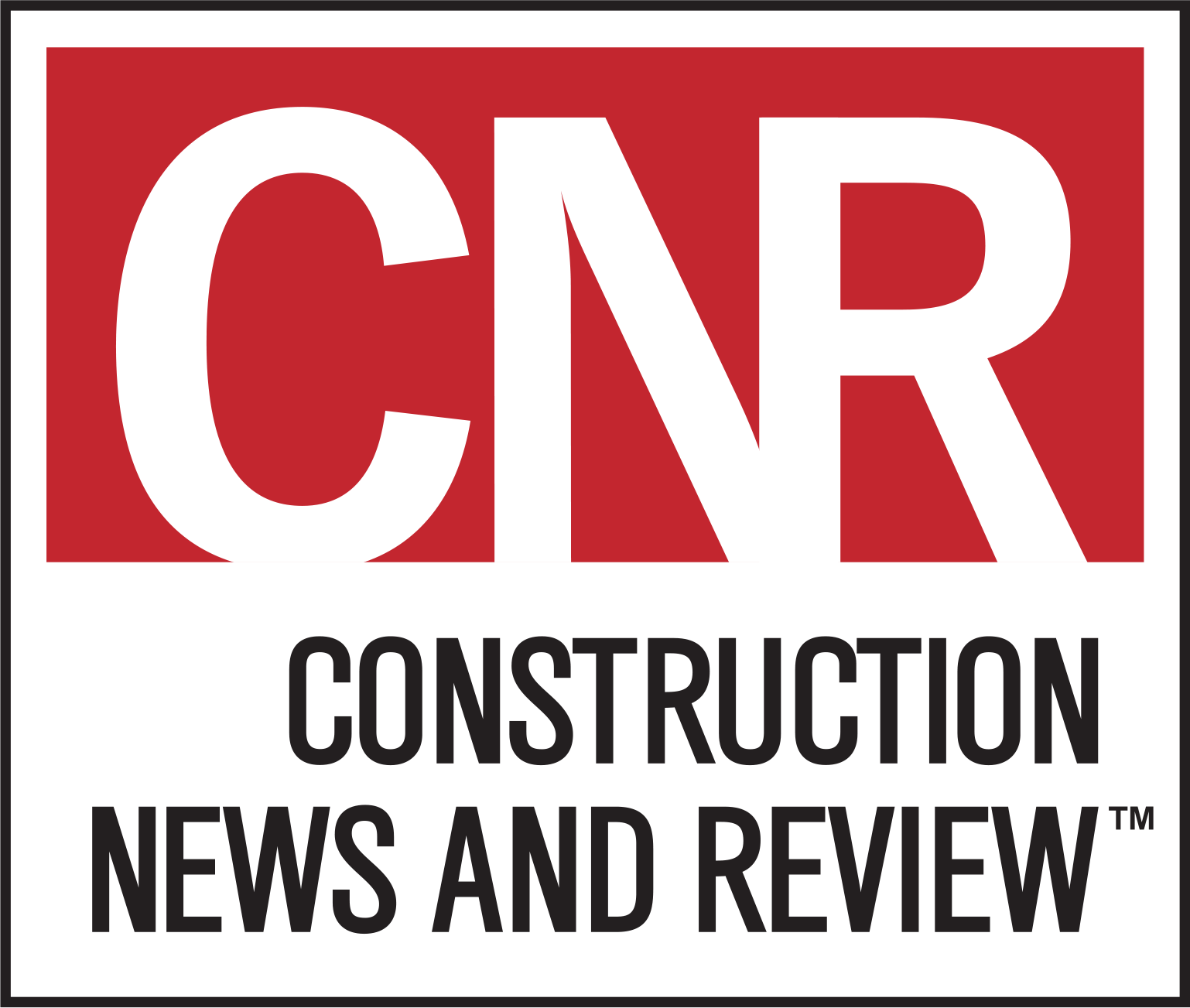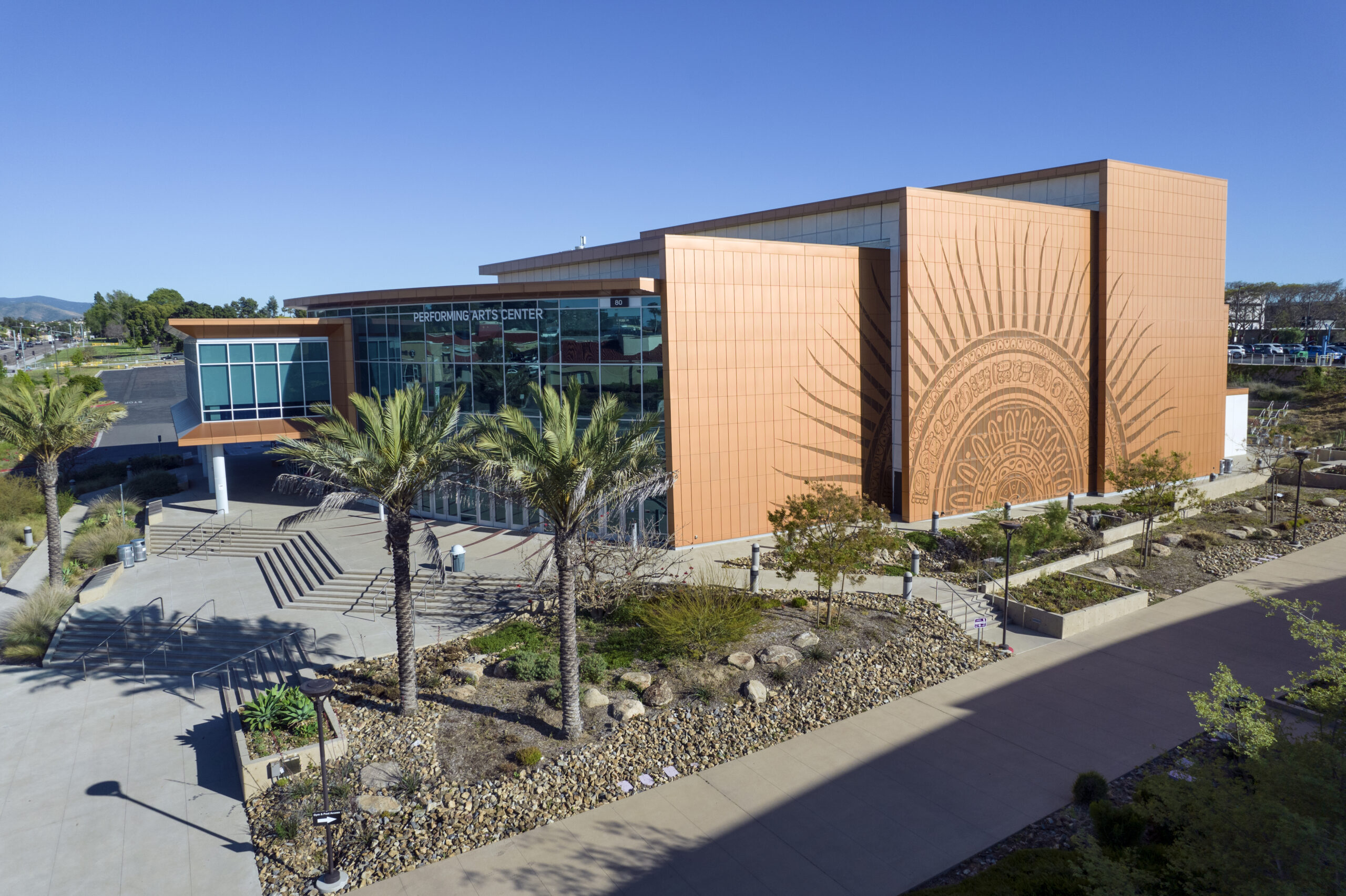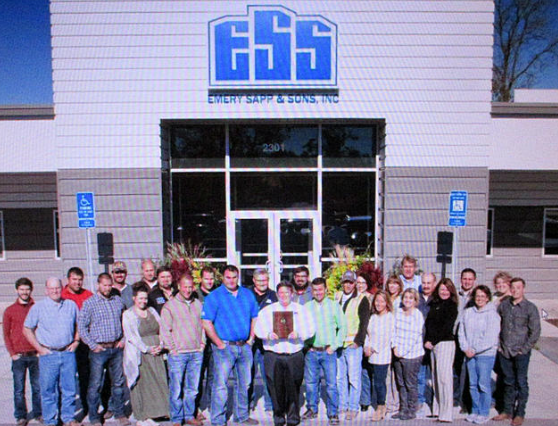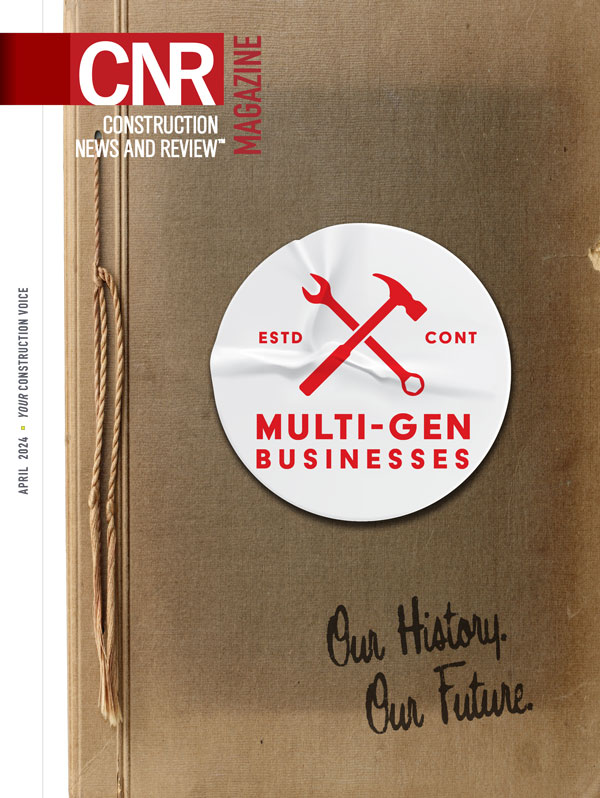Uptick in Green, Sustainable Initiatives Seeks to Lighten Carbon Footprint
Southwest College, Chula Vista, Calif., has committed to sustainability on its campus through initiatives, focused education and its built environment. Many new buildings are LEED certified, like the Performing Arts Center (LEED Silver).
Image courtesy of DRI-Design
By KATE GAWLIK
A season of sustainability is upon us. Energy efficiency for the built environment is easier than ever to grasp at a federal level with the Inflation Reduction Act and at a local level with progressive municipal codes and standards. Cities and towns realize energy efficiency equals saving money and resources while getting closer to energy benchmarks.
It is estimated that the Inflation Reduction Act created more than 170,000 clean energy jobs with $10 billion in solar manufacturing and other initiatives.
Matt Boor, a strategist and owner at The Boor Group LLC in Cleveland, Wis., says, “Newcomers to the workforce can make a great living in the trades, and the job market in the trades is hot right now. I think the confluence of the high cost of a four-year college education, trade schools embracing flexible schedules and competency-based education, rising wages in the trades and aging infrastructure have created a lot of interest in building things, particularly sustainable structures and infrastructure.”
In addition to jobs, the goal of the robust act is to bring carbon emissions down by 50 percent to 52 percent less than 2005 levels by 2030 and hit net-zero emissions by 2050.
On the ground, those numbers translate into an uptick in green energy and sustainable initiatives. For the first time ever, U.S. solar installs surpassed 30 gigawatts-direct current (GWdc) hitting 32.4 GWdc of capacity in 2023, a 51 percent rise from 2022.
Commercial solar saw a 19 percent national growth over 2022. The Solar Energy Industries Association says interconnection delays and permitting challenges have created obstacles in some states, with Illinois, New Jersey and New York posting year-over-year growth and Texas, California, Florida, Colorado and Ohio leading as the top five solar states, in that order.
“If we stay the course with our federal clean energy policies, total solar deployment will quadruple over the next 10 years,” says SEIA President and CEO Abigail Ross Hopper. “The Inflation Reduction Act is supercharging solar deployment and having a material impact on our economy, helping America’s solar module manufacturing base grow 89 percent in 2023. We must protect and optimize the policies that are driving these investments and creating jobs.”
Wind energy has also grown in popularity. According to the Wind Energy Technologies Office, the United States has about 145 gigawatts (GW) of installed wind energy capacity being created from the roughly 73,000 turbines installed in 43 states. The future of the wind turbine market depends on communities accepting their size and sound, as researchers realize larger turbines create more energy but also more noise.
Some cities are tackling green initiatives on their own. Chicago is considering a ban on natural gas in most new buildings and some significantly renovated structures. The Clean and Affordable Buildings Ordinance was introduced in January by Chicago Mayor Brandon Johnson. It sets an indoor emissions limit banning the combustion of fuels that emit more than 25 kg/btu. The Illinois Green Building Alliance reports 68 percent of Chicago’s greenhouse gas emissions come from buildings. The rest of the state’s buildings contribute 22 percent compared with 29 percent nationwide.
The ordinance strives to improve the health and wellness of residents, with natural gas contributing to asthma cases; create jobs and add to the clean energy economy; and eliminate a utility bill for those who struggle to pay.
“Too many Chicagoans are having trouble paying their gas bills, and too many families are exposed to chemicals that cause cancer and asthma when burning gas in their kitchens. That is why we are taking the first step towards making how we heat our homes more affordable and making indoor air safer for every Chicagoan,” Johnson said in a statement.
Contractors immersed in or entering this market must learn how to navigate upfront costs, scheduling risks and labor shortages. A plus is many are already eager to do so and have found the benefits of diversifying the company skills and equipment.
Boor says, “Many contractors are taking pains to expand their workforce’s skills with training germane to renewable energy projects. Some of this training might be with new post-pounding equipment used during solar farm installations or new cranes used on wind projects. The open secret is that this equipment is rarely exclusive to renewable energy projects, and these new skill sets can be leveraged to bid on and win projects in industries beyond renewables.”
Fresh Content
Direct to Your Inbox

YOUR CONSTRUCTION VOICE IN ST. LOUIS AND BEYOND
Join CNR Magazine today as a Content Partner
As a CNR Content Partner, CNR Magazine promises to support you as you build, design and engineer projects not only in and around St. Louis, but also across the U.S. CNR is equipped and ready to deliver a dynamic digital experience paired with the top-notch, robust print coverage for which you’ve always known and respected the magazine.






